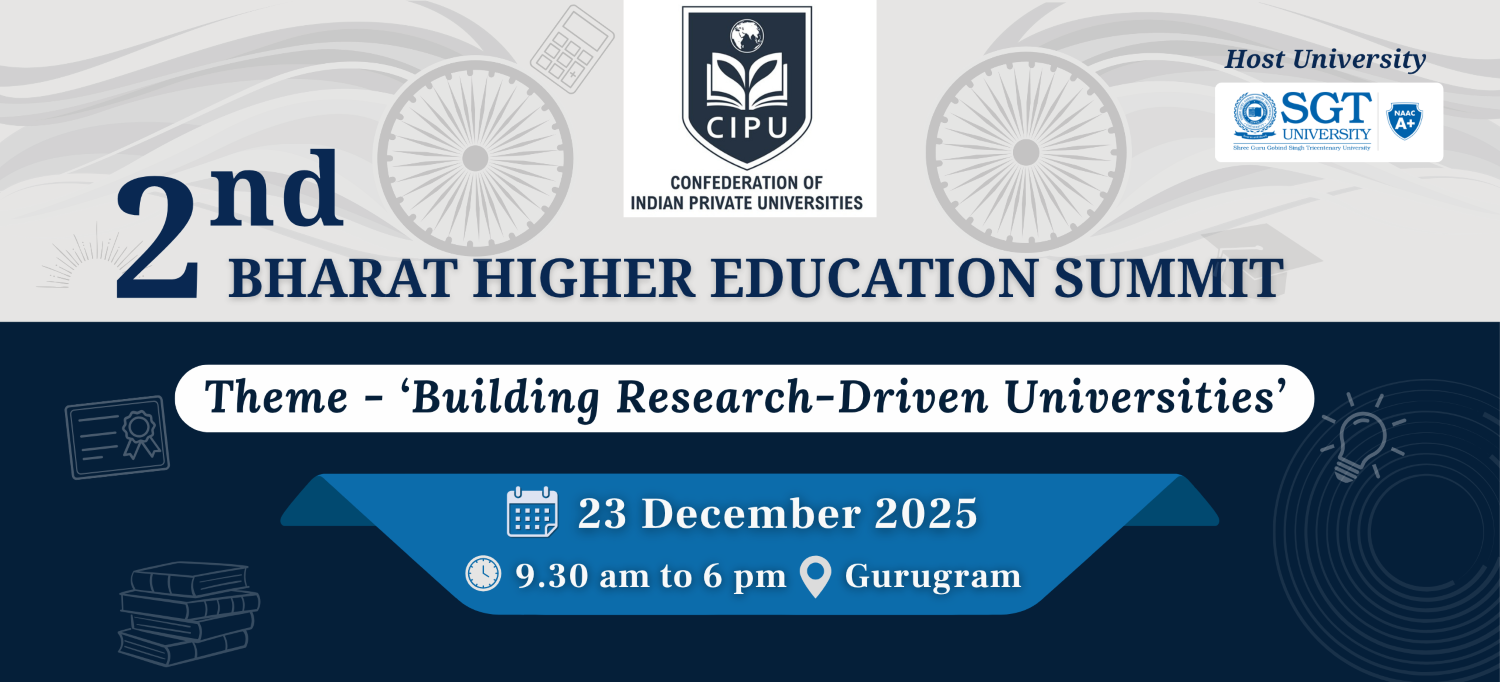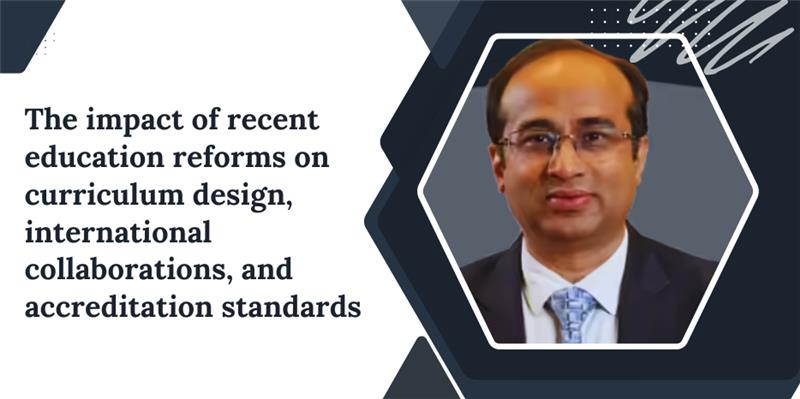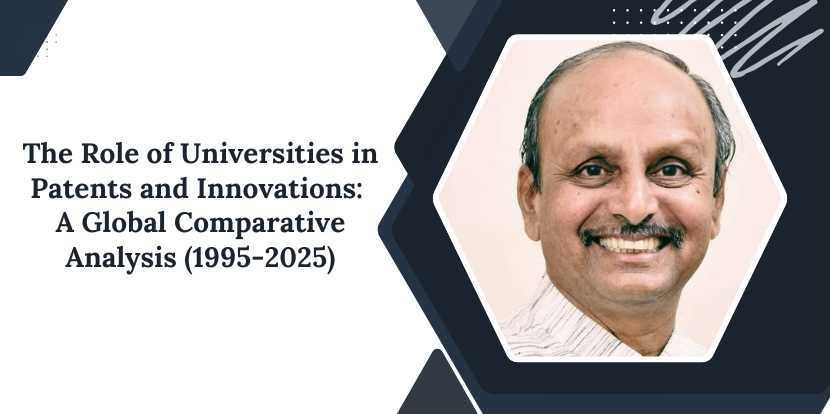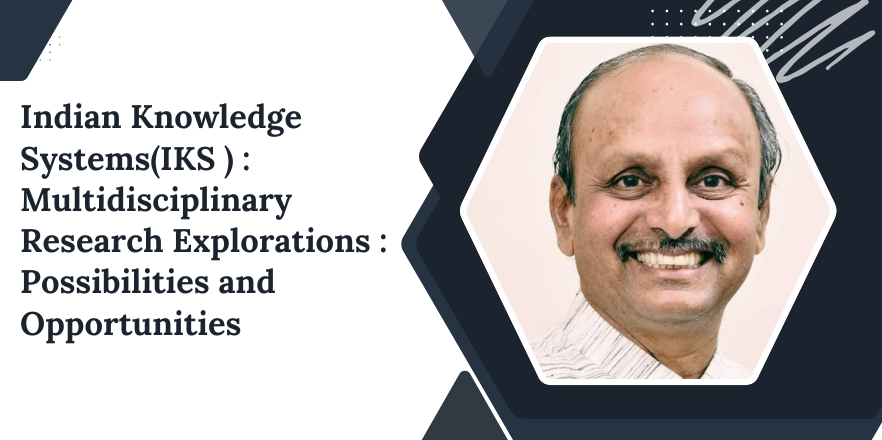
Introduction and Background:
The radical growth and development of artificial intelligence (AI) is revamping industries, economies, and labor markets, demanding ultra-paradigm shift in Higher Education Institutions (HEI’s). As technological development and automation, robotizing shifting the world economies, the 21st century employability skills required of graduates are rapidly evolving, making it must-do for higher education institutions to transform AI curricula design and implementation. Historically, a traditional curriculum, often obsolete or static, struggle to keep pace with the fast changing skill requirements of the AI digital era. Employers now seek graduates from the HEI’s who are not only technically proficient but also adept at critical thinking, problem-solving, adaptability, and collaboration skills. Simultaneously, AI offers transformative solutions to enhance pedagogical practices, deep individual learning, and bridge the gap between academia and industry. This simple story of future-ready article explores how integrating AI into curriculum design and teaching, learning, training methodologies can create agile, future-ready graduates while assessing, addressing predictive challenges in employability and skill development.
The multi-stake holder’s collaborations of artificial intelligence (AI) into education, industry and governance are regenerating how curriculums are designed, assessed, while adhering re-alignment with fast paced industry needs. AI’s ability to analyze labor market data, predict skill demands, and map competencies in real time allows institutions to modernize programs dynamically. Furthermore, lifelong learning is seamlessly embedded through platforms like Coursera’s Career Academy, which offers continuously updated, industry-specific courses. This adaptability ensures graduates remain competitive amid technological shifts, bridging the gap between academic preparation and workplace requirements. AI’s transformative impact extends to pedagogy, shifting education from a uniform model to a personalized, interactive experience. Intelligent Tutoring Systems (ITS), such as Carnegie Learning’s MATHia, assess individual student performance to deliver customized exercises, simulating real-world challenges like engineering students troubleshooting AI-controlled machinery. Collaborative AI tools, including generative platforms like Chat-GPT, foster creativity and sustainability by enabling students to write essays with collaboration or refine revisions through logical and constructive feedback.
Medical students, for instance, engage with AI simulations to diagnose virtual patients, receiving instant analytics on their decisions. These tools not only deepen subject mastery but also acquire deep-dive thinking and problem-solving techniques most needed for future-ready. Assessment practices are similarly evolving, moving beyond traditional exams to validate real-world competencies. AI-driven tools like HireVue analyze video interviews to evaluate communication skills and emotional intelligence, metrics increasingly prioritized by employers. Project-based evaluations leverage AI to track teamwork dynamics and innovation, as seen in MIT’s Collaborative Machine, which provides feedback on engineering students design iterations. This shift toward competency-based validation ensures graduates demonstrate both technical proficiency and soft skills aligned with industry expectations. However, the ethical integration of AI requires deliberate strategies to mitigate risks and empower stakeholders. AI systems trained on biased data risk perpetuating inequalities, necessitating rigorous audits for fairness and inclusivity. Faculty roles are evolving from lecturers to mentors, requiring training to interpret AI analytics and design data driven assignments effectively. Simultaneously, digital literacy must become a core curriculum component, teaching students to critically evaluate AI impact, understand data privacy, and monitor, recognize algorithmic limitations. By addressing these challenges, institutions can harness AI’s potential while ensuring equitable access and preparing learners to navigate an AI-driven world with both competence and ethical awareness.
Conclusion:
Integrating AI into higher education is no longer optional but imperative to cultivate graduates who can thrive in an AI-driven world. By leveraging AI for curriculum design, pedagogy, and assessment, institutions can deliver personalized, industry-aligned education that bridges the employability gap. However, success hinges on ethical implementation, faculty development, and a focus on human-AI collaboration. As AI reshapes workplaces, educators must ensure it enhances, not replaces the human skills of creativity, empathy, and ethical judgment. The future of education lies in harmonizing technological innovation with timeless human values, producing graduates who are not just job-ready but future-proof.






